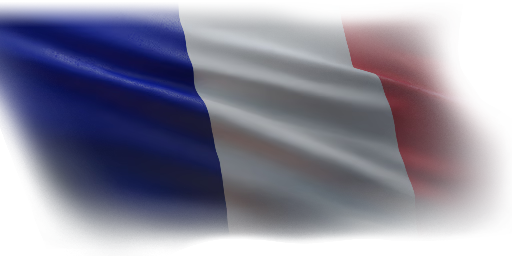
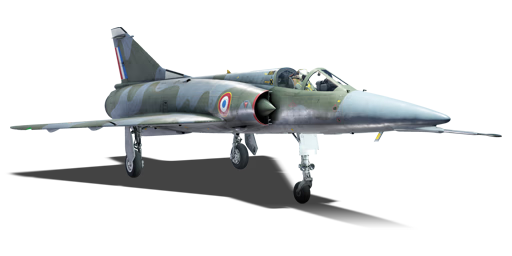


The Mirage III was a true workhorse of the Israeli Air Force with considerably successful combat records, however, it still left much to be desired by the IAF. As a result, the IAF reached out to Dassault to request a new "refined" version of the Mirage III specifically for Middle Eastern combat, with the result of this program called the "Mirage 5". The Israelis suggested that radar and most of the related sensors and avionics from the standard Mirage IIIE should be removed to reduce cost, weight, and maintenance; and replacing them with more fuel storage for prolonged attack missions, since the radar and related sensors were deemed "unnecessary" in the clear and sunny skies of the Middle East. In September 1966, the Israelis placed an order for 50 of the new Mirage 5, but due to French President De Gaulle's arms embargo against Israel shortly after in 1967, none of the Mirage 5s were delivered to Israel. In late 1969, the Israelis, who had pilots in France testing the aircraft, requested that the aircraft be transferred to Corsica, in theory to allow them to continue flight training in warm conditions during the French winter. The French government rejected the request when the Israelis also tried to obtain long-range fuel tanks, which seemed highly suspicious to the French officials as Corsica was not far enough from the French mainland to warrant long-range fuel tanks. The Israelis finally gave up trying to acquire the aircraft after that and accepted a refund, but unbeknownst to the French, the Israelis had only accepted the refund because their espionage assets had successfully stolen the Mirage 5's blueprints from Dassault, resulting in the indigenously built Nesher copy instead.
Introduced in Update "Winged Lions", the Mirage 5F is completely identical to the Nesher, minus its air-to-air missile loadout, with the French version equipping AIM-9Bs and the indigenous R.550 Magic 1 missile instead of the Israeli Shafrir 2 missile. The aircraft lacks radar and can only equip two on-par close range air-to-air missiles. The Mirage 5 is best equipped for frontline bomber roles, however it still struggles in this role due to the lack of countermeasures. The Mirage is best played defensively at all times, maintaining a distance from enemies (especially those with all aspect missiles) to bomb bases and pounce on unsuspecting targets using its great speed and short-term dogfight performance.
flaps
flaps
flaps
brake
| Belt | Belt filling | Armor penetration (mm) at a distance: | |||||
|---|---|---|---|---|---|---|---|
| 10 m | 100 m | 500 m | 1000 m | 1500 m | 2000 m | ||
| API-T/HEI/HEF | 35 | 32 | 21 | 13 | 8 | 5 | |
| HEI/API-T/API-T/API-T | 35 | 32 | 21 | 13 | 8 | 5 | |
| HEF/HEI/HEF/HEI/API-T | 35 | 32 | 21 | 13 | 8 | 5 | |
| HEF/HEI | 4 | 4 | 3 | 3 | 3 | 3 | |
| Name | Weight | Slot | ||||||
|---|---|---|---|---|---|---|---|---|
| 72.6 kg |  |  | ||||||
| 89 kg |  |  | ||||||
| 7 × | 145.8 kg |  |  | |||||
| 130 kg |  |  | ||||||
| 18 × | 230.9 kg | 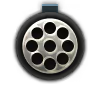 |  | |||||
| 36 × | 341.8 kg |  |  | |||||
| 4 × | 988 kg | 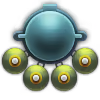 |  | |||||
| 2 × | 800 kg | 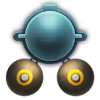 |  | |||||
| Drop tank (1700 liters.) | 150 kg |  |  | |||||
| 247 kg |  |  | ||||||
| 400 kg |  |  | ||||||
| 247 kg | 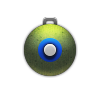 |  | ||||||
| 400 kg | 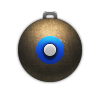 |  | ||||||
| 2 × | 494 kg | 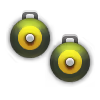 | ||||||
| 2 × | 800 kg | 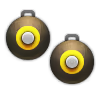 | ||||||
| 2 × | 494 kg | 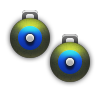 | ||||||
| 2 × | 800 kg | 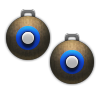 | ||||||
| 520 kg | 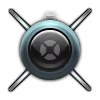 | |||||||












Flight performance |
|---|
Survivability |
|---|
Weaponry | ||
|---|---|---|